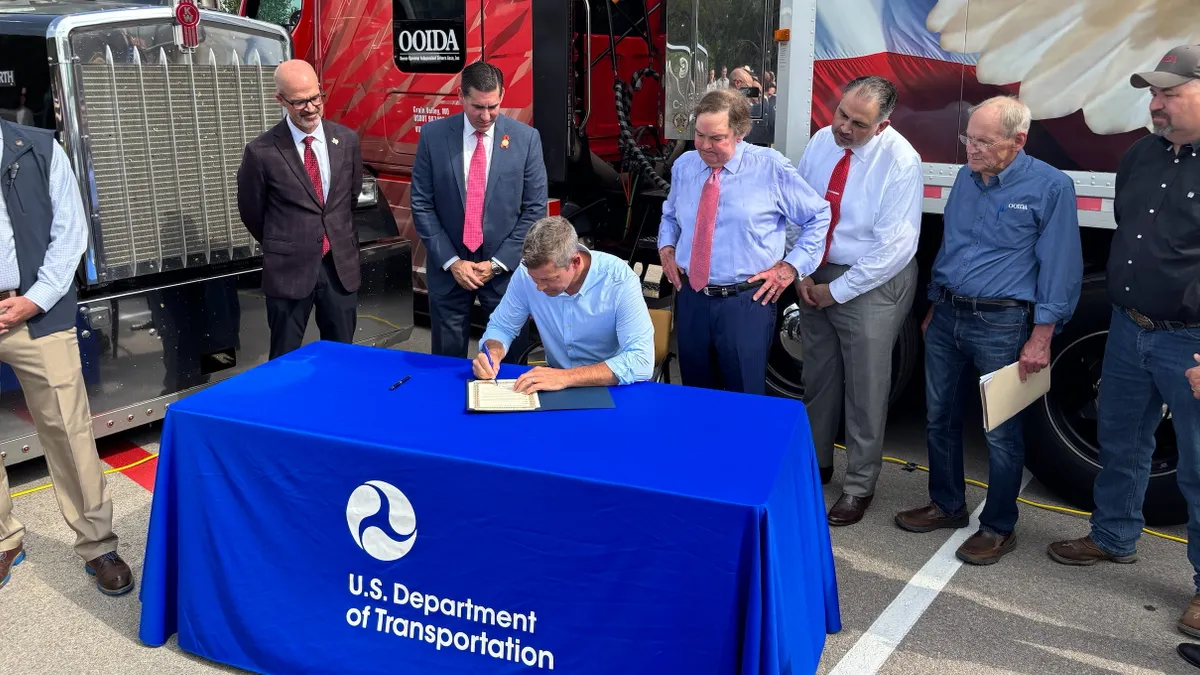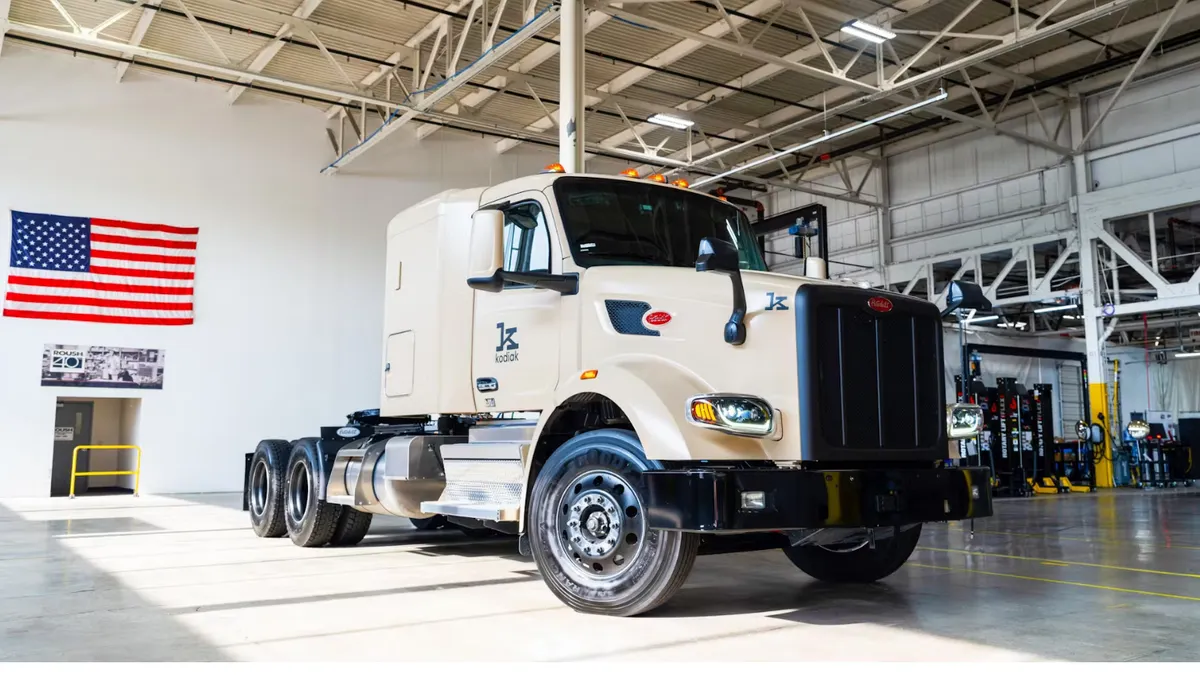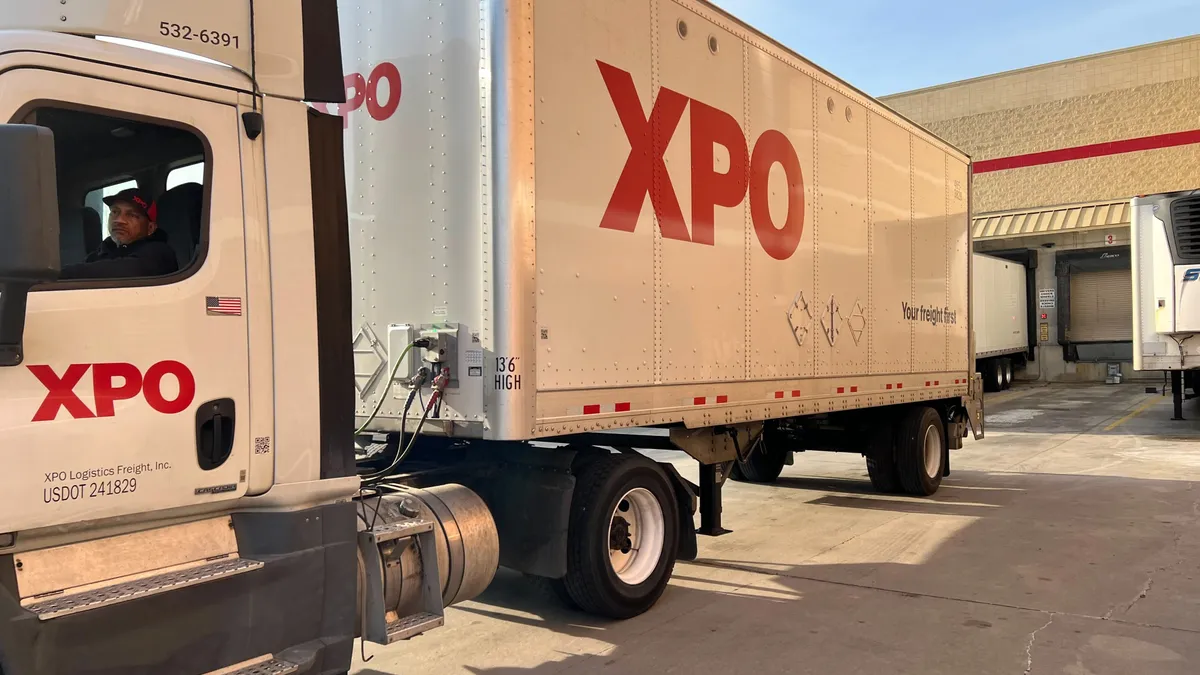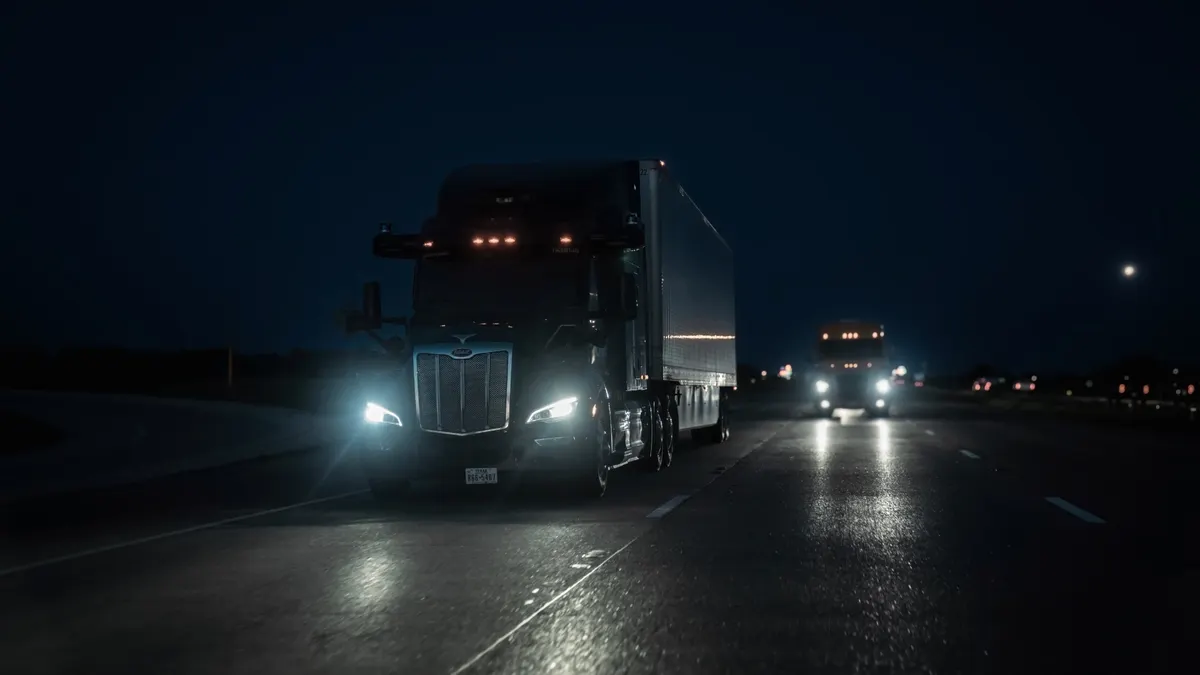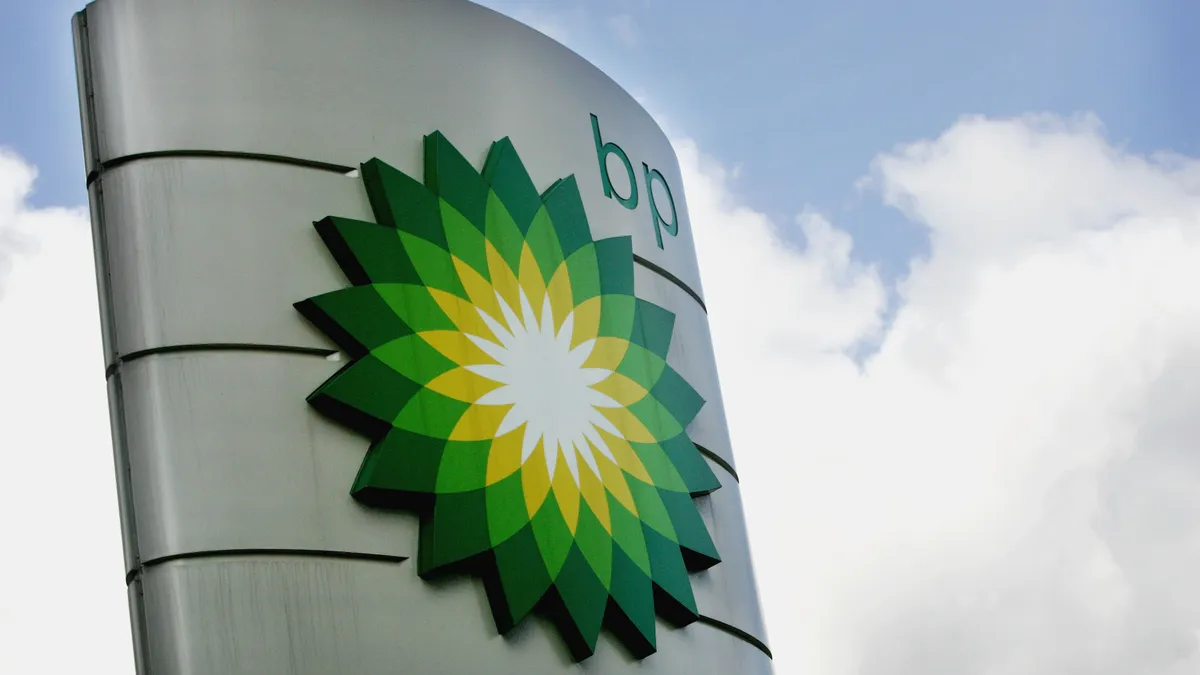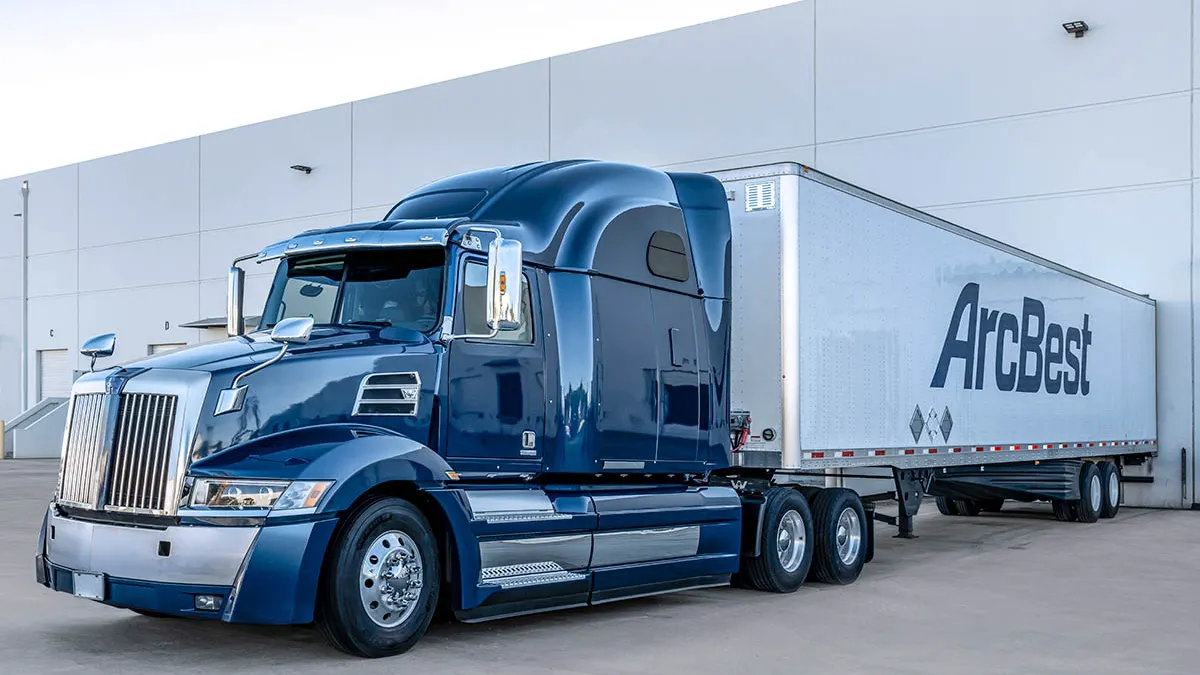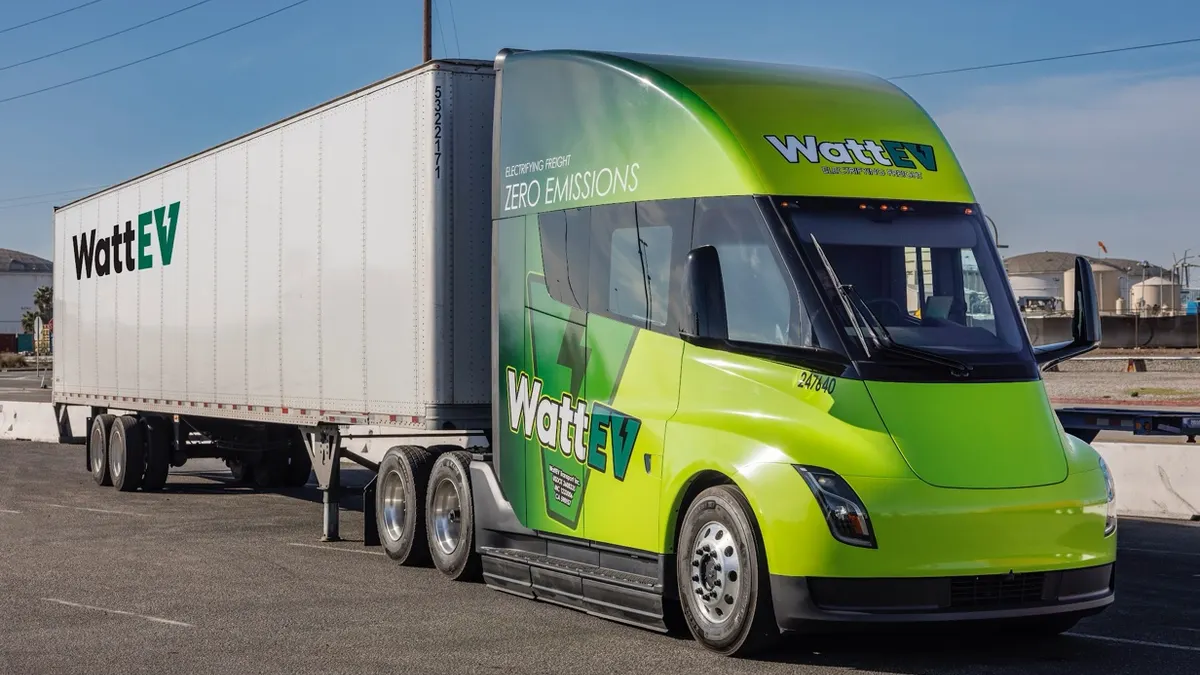Mechanical costs per repair continue to go up, even as the number of unscheduled mechanical repairs goes down, according to a Q3 repair and maintenance report by FleetNet and the American Trucking Associations' Technology and Maintenance Council.
The quarterly reports look at three verticals: TL, LTL and tanker. A large number of fleets participate, though the company declines to specify the exact number. Jim Buell, FleetNet's executive vice president for sales and marketing, and his team pore through the numbers every quarter.
Q3 numbers shows that improvement in unscheduled maintenance won't help curb costs, if the maintenance workforce is experiencing shortages and fleets aren't taking a more proactive approach to maintenance.
TL firms improved in Q3, as unscheduled roadside repairs stabilized for them. The miles between breakdowns for TL firms nearly doubled in that quarter, according to FleetNet America's latest report, which is available for TMC members on the company's website.
FleetNet and TMC reported that the average Q3 repair cost, excluding towing or tire replacement, was $542, up 19% from $455 in Q3 2019.
"The cost per mechanical repair is the highest it's ever been," said Buell, who retired at the end of November, but spoke to Transport Dive before departing. "It's more reason for fleets to prevent unscheduled roadside repairs."
Robert Braswell, TMC executive director, said in June that the quarterly reports FleetNet does in conjunction with TMC could be showing that cost per repair looks like a "permanent headwind our industry is facing."
Fueling the rising costs is a shortage in fleet maintenance workers, another recruiting problem the industry faces. In February, at the annual TMC meeting, Buell said the industry has been forced to pay repair workers more in an effort to retain and attract them. Roadside repair workers are also paid a bit more, given the nature of the work.
"Would you rather be a tech working in a shop from 8 [a.m. to] 5 [p.m.], or a tech that is working on the side of the road at 2 in the morning on a snowy day?" Buell asked the TMC gathering, according to Transport Topics. "So, the people handling roadside repairs are having to pay the techs even more."
How maintenance prevents unscheduled repairs
FleetNet and TMC work to find ways to prevent unscheduled repairs, which, along with towing, can drive substantial and unexpected costs for fleets. The trick is a dedicated look at maintenance, prevention and methods to keep trucks from having problems on the road, Buell said.
"You have to understand why you are breaking down," said Buell.
Experienced fleet maintenance leaders will identify two to three areas where they see below-par performance, compared to the vertical industry averages, Buell said. A maintenance department will analyze operations and see how they can improve their breakdown records. The key goals are data analysis, root-cause analysis and the execution of possible solutions, he said.
"It's sort of robbing Peter to pay Paul."
Dan Murray
Senior Vice President of ATRI
One fleet took a year to study the data and work on solutions, Buell said. In the end, the fleet identified five issues to work on. The fleet had meetings and targeted the systems and cut breakdowns in half as a result, Buell said, and saved $1 million per year.
Some fleets delay maintenance and shove the costs and scheduled repairs into the next year, said Dan Murray, senior vice president of the American Transportation Research Institute, citing TMC data.
But if that happens, maintenance shops can miss reinforcing equipment, such as lighting systems or power systems, against failures.
With the COVID-19 pandemic keeping fleets busy, it is likely some fleets have less time to maintain their fleets. Murray said if fleets are kicking maintenance down the road, total maintenance, breakdown and repair costs for 2020 and 2021 are likely to go up. Murray said fleets that delay maintenance are just delaying the inevitable — the task of fixing or replacing parts.
"It's sort of robbing Peter to pay Paul," said Murray.
Improvement for TL firms
The FleetNet and TMC Q3 report found TL dry van firms went 23,233 miles without trouble in their tires, power systems or lighting. That was up 96% from Q3 2019.
Buell said lighting was an area of great improvement for all fleets. But overall performance was a bit worse in Q3, compared to the same period last year, increasing a statistically negligible amount to 34,629 miles between unscheduled repairs.
When calculating the average for all participating fleets, a big improvement for TL was offset by poorer performance in other verticals, Buell said.
The vertical that dragged down the average was tankers. They went 20,115 miles between repairs in Q3, a 61% drop in performance, YoY. A possible reason for the decrease in performance is that FleetNet's tanker study segment grew, with fleets entering study participation at the beginning of the year. But FleetNet still noted that tankers suffered "significantly more" roadside breakdowns.
One reason is the cargo-handling area. That's the part above the trailing chassis, including valves and fittings. It's an unusual problem area for tankers. In Q3 2019, tankers went 1.47 million miles between unscheduled road repairs on the cargo-handling area. In Q3 2020, that dropped to 800,000 miles.
"Our maintenance industry has fallen into a reactive model. We are playing whack-a-mole."

Jim Buell
Executive Vice President for Sales and Marketing at FleetNet
Overall, fleets need to work harder on prevention, and identification of several problem areas, from lighting to the power system, that can be buttressed against breakdowns, Buell said. He said he wants to see more proactive behavior from fleets.
"Our maintenance industry has fallen into a reactive mode," said Buell. "We are playing whack-a-mole."
Costs below 15 cents per mile in 2019
FleetNet's report comes as ATRI released its annual update on trucking costs. In "An Analysis of the Operational Costs of Trucking," ATRI found the average marginal cost per mile in 2019 decreased 9.3% to $1.65 from 2018. Parts and labor in 2019 went down 10%, YoY, said Murray.
Many lower costs in the report were attributed to a softening freight market in 2019. "We were all surprised that all the line items were down [in 2019]," said Murray.
Bigger fleets also had newer trucks, so they saw fewer breakdowns, Murray said.
Repair and maintenance costs decreased from 2011, when those average marginal costs were just over 15 cents per mile. After peaking in 2017, at nearly 17 cents per mile, repair and maintenance fell to about 14 cents per mile in 2019. Repair and maintenance overall remained at 9% of fleet costs, from 2018 to 2019.
But the data echoed with FleetNet's findings for Q3 2020, as Murray said per-unit breakdown costs were up in 2019. There were just fewer such incidents in 2019, he said.
A possible problem for fleets to handle will be technology, ATRI reported. For all its advantages, newer technology also brings more maintenance, the report said.
"Since 2008, the cost per mile for repair and maintenance has increased by 39% due to more advanced technology in trucks," ATRI reported.





